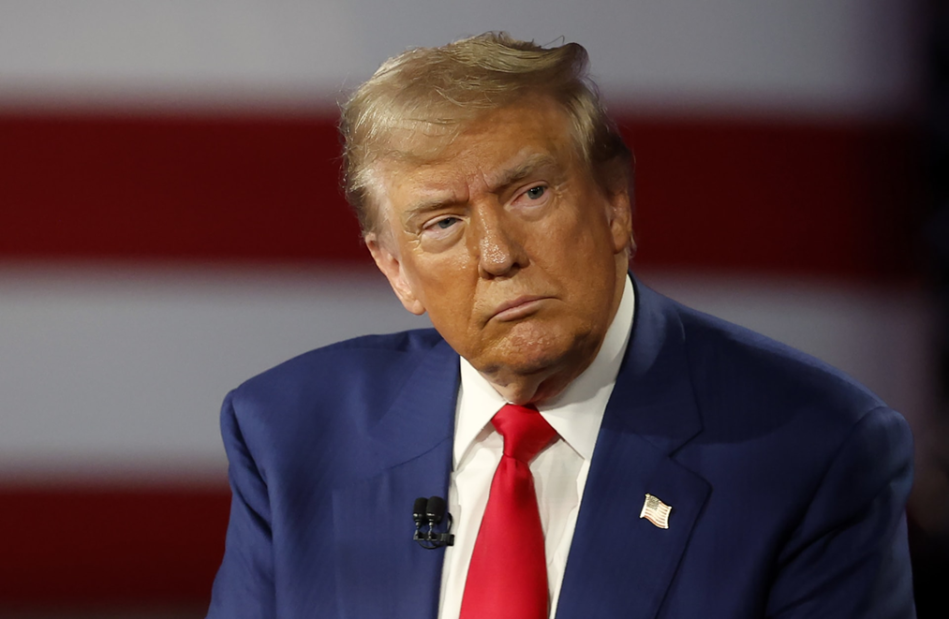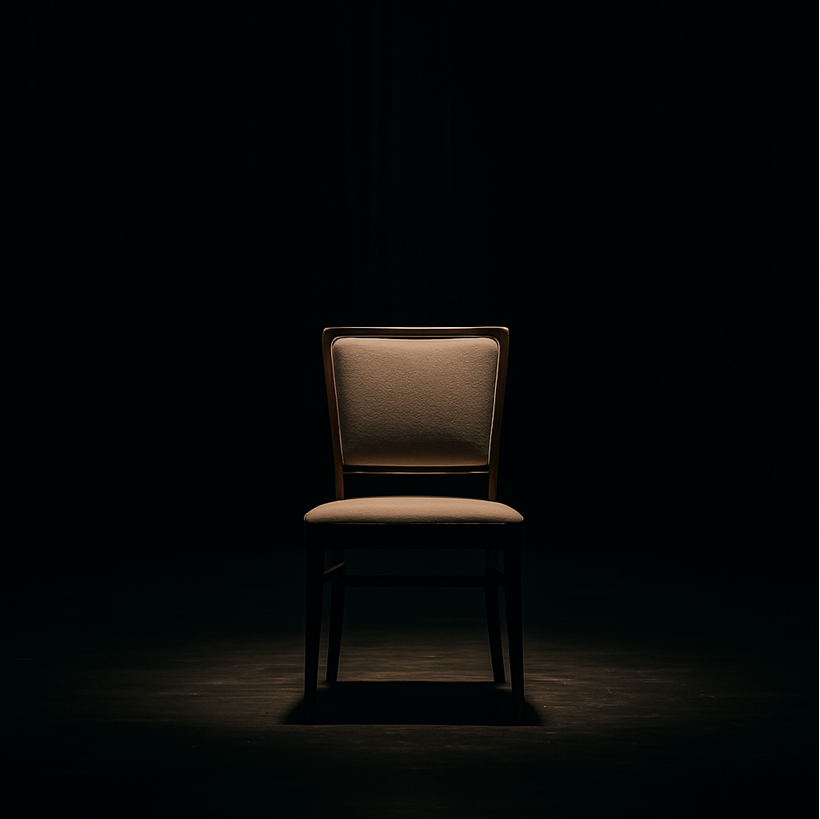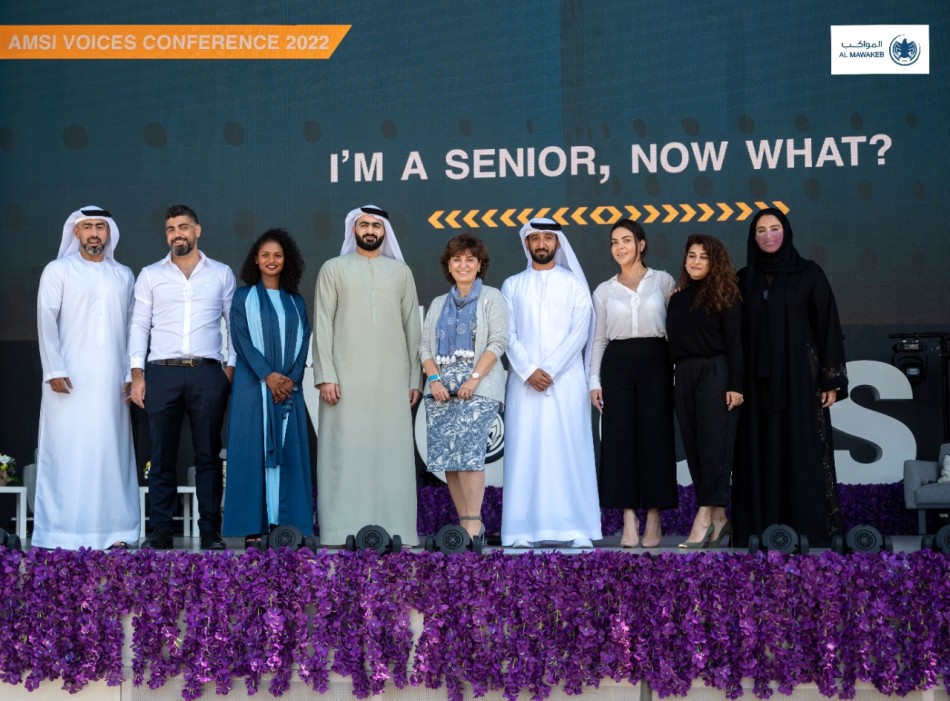Led by Saudi Arabia, "Arabic Calligraphy" is listed on UNESCO's list
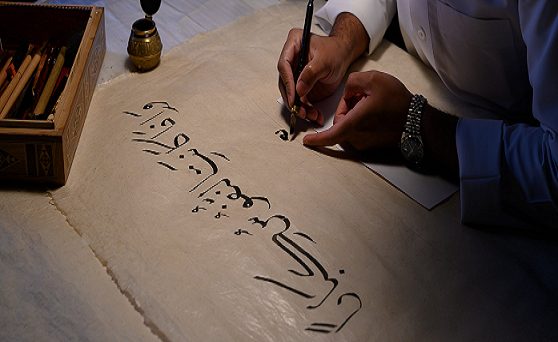
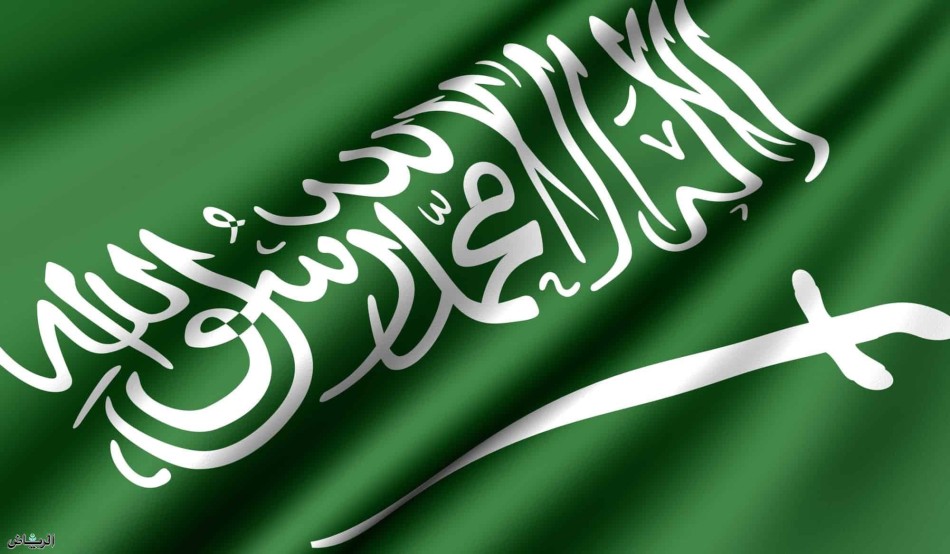
The Kingdom of Saudi Arabia, in cooperation with 15 Arab countries under the auspices of the "ALECSO" Organization, led the joint efforts to inscribe the item "Arabic Calligraphy: Knowledge, Skills and Practices" on the Representative List of the Intangible Cultural Heritage of the United Nations Educational, Scientific and Cultural Organization "UNESCO".
His Highness Prince Badr bin Abdullah bin Farhan, Minister of Culture and Chairman of the National Committee for Education, Culture and Science, extended his warmest congratulations to the wise leadership on this important international registration, which translates the unlimited support that culture enjoys in the Kingdom of Saudi Arabia, as it is the incubator of the founding elements of authentic Arab culture. , especially the art of Arabic calligraphy.
His Highness the Minister of Culture explained that the registration of Arabic calligraphy on the UNESCO list is consistent with the Ministry of Culture’s tendency to serve this art through several initiatives, including the “Year of Arabic Calligraphy” initiative, which included continuous events and activities over the years 2020 and 2021, and witnessed great societal interaction, which enhanced From the Kingdom's position as a global reference for Arabic calligraphy and its arts.
The inclusion of "Arabic calligraphy" in the Representative List of the Intangible Cultural Heritage of UNESCO, effectively contributes to the promotion of intangible cultural heritage, and in particular the arts of calligraphy in local communities. It is the ninth element recorded by the Kingdom in this list, after recording eight elements of the intangible cultural heritage: the Majlis, the Arabic coffee, the Najd ardhah, the flute, the falconry, the Qatt Al Asiri, the date palm, and the Sadu craft.
Arabic calligraphy is a symbol of Arab identity, and has contributed to the transmission of culture and religious texts throughout history. Professional calligraphers practice Arabic calligraphy according to the knowledge, skills and rules acquired through apprenticeship, and artists and designers use it in their artwork (paintings, sculpture, wall arts, etc.) in addition to its use by craftsmen who decorate various handicrafts with Arabic calligraphy.
The registration of Arabic calligraphy on the UNESCO list is part of the strategic directions of the Ministry of Culture, the Heritage Authority and the National Committee for Education, Culture and Science.
